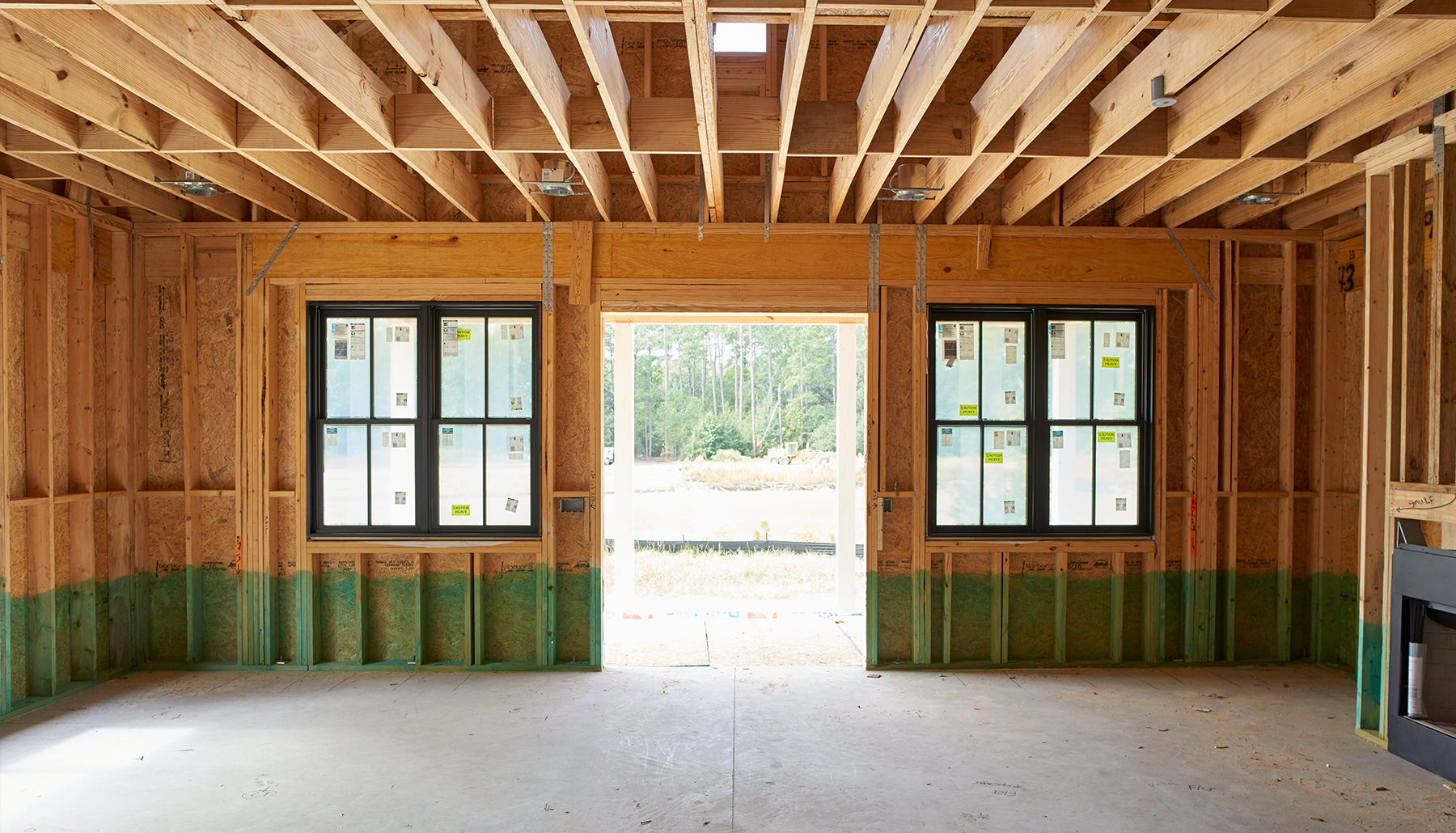Trying to trim costs is a never-ending battle for all builders. But with new technology like Building Information Modeling (BIM) software, builders have a shot at shaving off some of the waste to keep their companies in the black. The initial phase of implementing new software can take time, but builders are increasingly putting in the effort, knowing that it will benefit their businesses for years to come.
Top Cost-Saving Benefits of Construction Software
- Integrated plans allow for accurate takeoffs, which reduce material waste
- Sharing documents increases collaboration and reduces team and contractor errors
- Efficiency in managing construction saves on labor costs
Reduce Materials Waste
Takeoffs that provide inaccurate materials lists can cost a lot. Mike Kowalski, a structural engineer in Jacksonville, Florida, says he finds an average of $1,000 potential savings per house when he is working with national builders.
After analyzing hundreds of plans from high-volume builders, Clark Ellis of Continuum Advisory Group found errors in takeoffs that often add up to $2,000 or more per home. Reports Ellis, “virtually all were losing money from inaccurate takeoffs and waste factors.”
Identifying your material needs on a job correctly is difficult with the complexity of today’s projects. Software can increase the likelihood that you will be wasting less—both in materials and in dollars.
Collaborate Better to Reduce Errors
You don’t have to go all the way to implementing BIM software to get benefits from technology. Essex Homes, out of Columbia, SC, uses LotSpec, a software that helped them shrink their plans from up to 45 pages to an average of 10 pages. Patrick Bukszar, director of construction services, says “This eliminated field mistakes caused by unwieldy documents.”
Switching to BIM software can be costly, but worth it. It took dedicating a full-time employee, a full year, and $1 million for Allen Edwin Homes of Portland, Michigan. But according to CAD and estimating manager Matt Robbins, it only took two years to earn that money back. Because the precision of takeoffs can clue you in to contractor’s needs, BIM software can also lead to better negotiating with contractors. “For example, with roofing, we can dial in the exact amount of starter and valley shingles,” Robbins says.
Management is Easier
When your plans are easily accessible and well-organized, it is easier to manage employees, contractors, and work at the site. By increasing the efficiency of all participants, labor costs can come down. Because re-do’s can be very costly in labor, getting everyone on the same page can reduce the number of errors that will require fixing.
Manufacturers are making it easier for managers to digitize their plans, getting information to builders with BIM files that describe products in detail. “By ensuring everyone has access to the most accurate and up-to-date project information, we decrease the time and cost overruns caused by the unknown and unexpected,” says Blake Humpal, channel marketing manager at JELD-WEN.
Conclusion
If you haven’t taken the time to digitize your construction documents yet, there are many great options available. Whether you want to take a first step to integrate your plans, or go all-in on BIM software implementation, you will see savings. Improving the flow of information will reap numerous benefits in the near and far term–for you, your team, and your bottom line.
For more information please visit JELD-WEN.com



